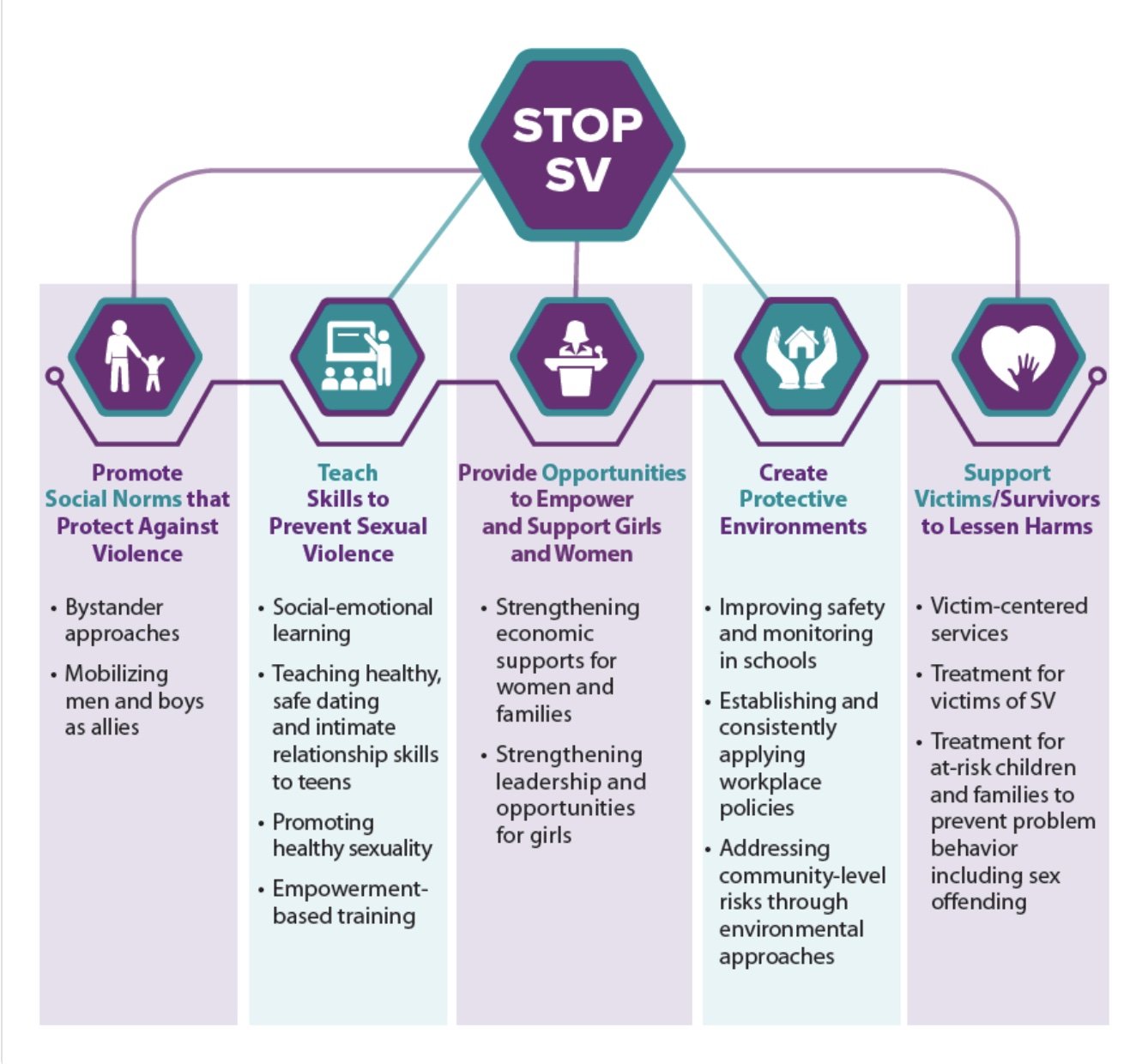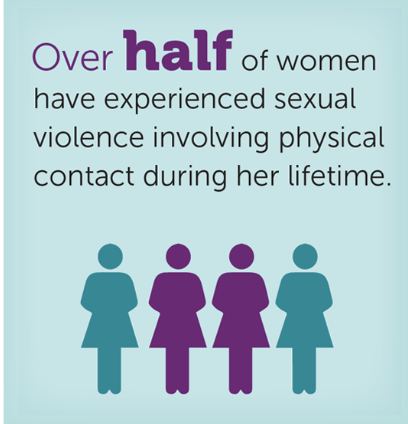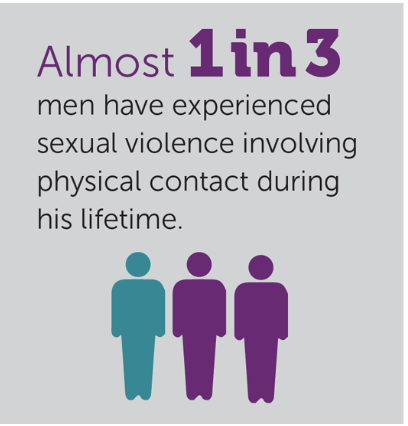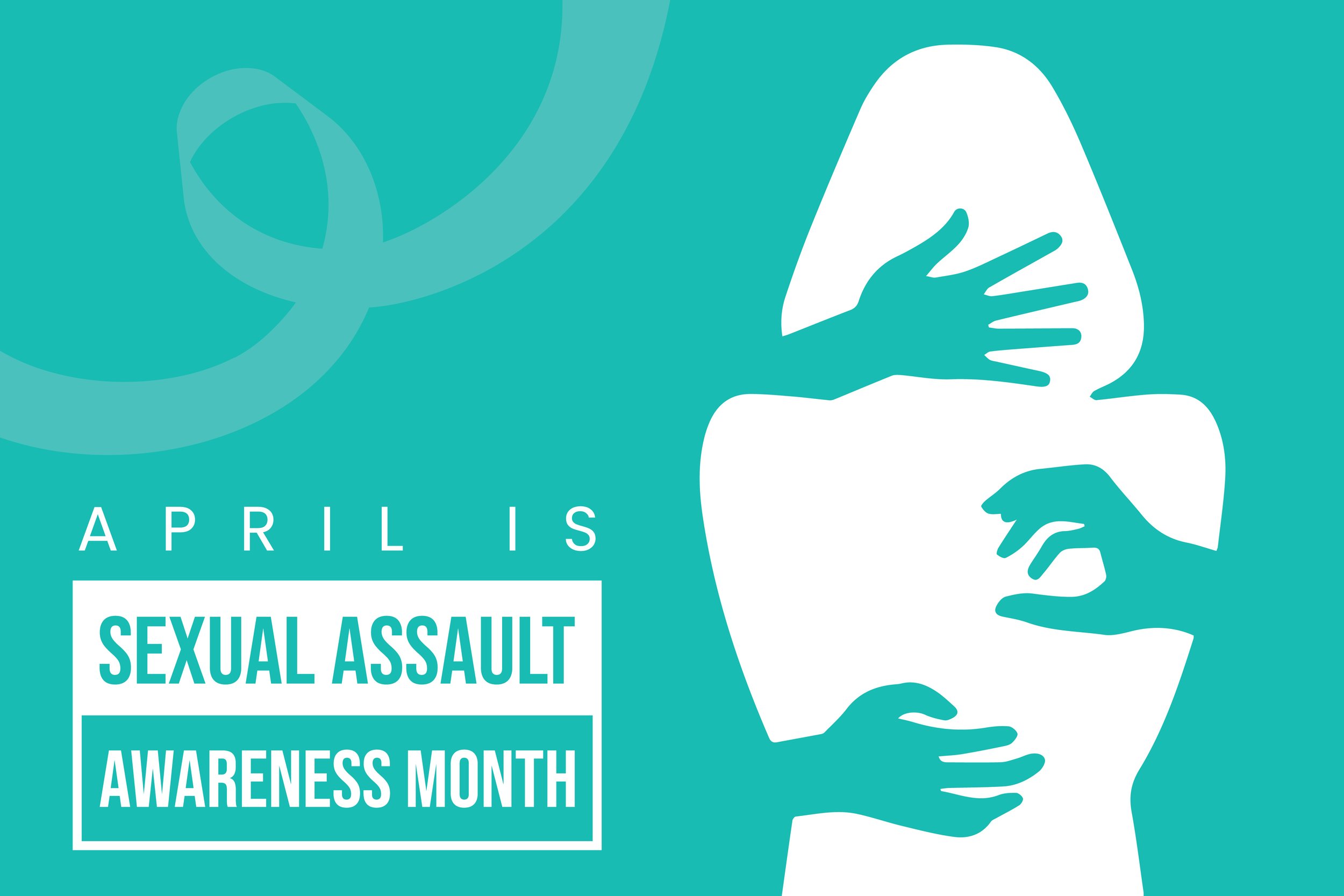WHAT WERE YOU WEARING? - Victim Services Aims to Stop Victim Blaming
By Vivian LaMoore, Inaajimowin Editor
Every two minutes, somewhere in America, a woman, man, or child is being raped or sexually assaulted. Anyone can be a victim of sexual assault, though women, children, and some demographic groups are more frequently victimized than others. The gravity of sexual violence goes far beyond the violence you hear about on the news and the cases that make it to the court room. It can be hard to comprehend just how many women, men, and children experience sexual violence in their lifetime. The statistics are alarming. What is even more alarming is those statistics are estimated to be low.
According to the Central Minnesota Sexual Assault Center, most sexual assault statistics are based on what has been reported to law enforcement. Many statistics are thought to be low because only 30% of sexual assaults are ever reported. Moreover, according to the U.S. Department of Health and Human Services, there are over 60 million survivors of childhood sexual abuse in America today — that’s approximately 20% of our population. As many as 90% of those survivors never report their abuse to law enforcement, and more than 30% will never report their abuse to anyone, according to the National Association to Prevent Sexual Abuse of Children.
Rape and sexual assault are very serious allegations that can result in serious charges for the offender. So why is it that victims more often do not report the crime? Victims cite a multitude of reasons. According to the Department of justice, 20% worry about retaliation — not just from the perpetrator, but from society as well.
Survivors struggle with a variety of emotions that make it difficult to come forward; along with the fear of retaliation is the fear of not being believed or of being humiliated. Society often blames the victim themself, which can then make the victim feel less than human and ashamed.
Native Americans are at the greatest risk of sexual violence, according to Rape, Abuse & Incest National Network (RAINN). On average, American Indians ages 12 and older experience 5,900 sexual assaults per year. American Indians are twice as likely to experience a rape/sexual assault compared to all races. And 41% of sexual assaults against American Indians are committed by a stranger; 34% by an acquaintance; and 25% by an intimate or family member. RAINN is the nation's largest anti-sexual violence organization.
Data from the Center for Disease Control and Prevention (CDC) reports that over half of women and almost 1 in 3 men have experienced sexual violence involving physical contact during their lifetimes. One in 4 women and about 1 in 26 men have experienced completed or attempted rape. About 1 in 9 men were made to penetrate someone during their lifetime. Additionally, 1 in 3 women and about 1 in 9 men experienced sexual harassment in a public place.
Sexual violence starts early. More than 4 in 5 female rape survivors reported that they were first raped before age 25 and almost half were first raped as a minor (i.e., before age 18). Nearly 8 in 10 male rape survivors reported that they were made to penetrate someone before age 25 and about 4 in 10 were first made to penetrate as a minor.
The words victim and survivor are often used interchangably, and with good reason. Often a person who has experienced sexual assault feels like a victim while at other times the person may feel more like a survivor. Those emotions may change on any given day or any given moment. Survivors struggle with a wide range of lingering emotions and trauma that have a profound effect on society. According to the CDC, sexual violence is also linked to negative health behaviors. Sexual violence survivors are more likely to smoke, abuse alcohol, use drugs, and engage in risky sexual activity.
The trauma from sexual violence may impact a survivor’s employment in terms of time off from work, diminished performance, job loss, or inability to work. These issues disrupt earning power and have a long-term effect on the economic well-being of survivors and their families. Coping and completing everyday tasks after victimization can be challenging. Survivors may have difficulty maintaining personal relationships, returning to work or school, and regaining a sense of normalcy.
Additionally, sexual violence is connected to other forms of violence. For example, girls who have been sexually abused are more likely to experience additional sexual violence and violence types and become victims of intimate partner violence in adulthood. Bullying perpetration in early middle school is linked to sexual harassment perpetration in high school.
Given these and other facts and statistics, we as a community should be doing everything possible to remove the societal barriers that keep the victim from coming forward. The poem by Dr. Mary Simmerling (printed on this page) reflects the emotions of a victim blamed for her rape because of what she was wearing. Mille Lacs Band Victim Services has been collecting stories of survivors and has created a display to help push awareness and take the blame off the victim. “Let’s put the blame back where it belongs, on the offender,” said Kristen Allord, Director of Mille Lacs Band Victim Services. The eye-opening exhibit will be on display at each of the Mille Lacs Band districts during the month of April.
If you are a victim and need immediate help, please call 911. If you would like assistance from a trained advocate, please call the Mille Lacs Band Victim Services Crisis Line at 866-867-4006 or reach out to an anonymous help line such as RAINN at 800-656-HOPE.






